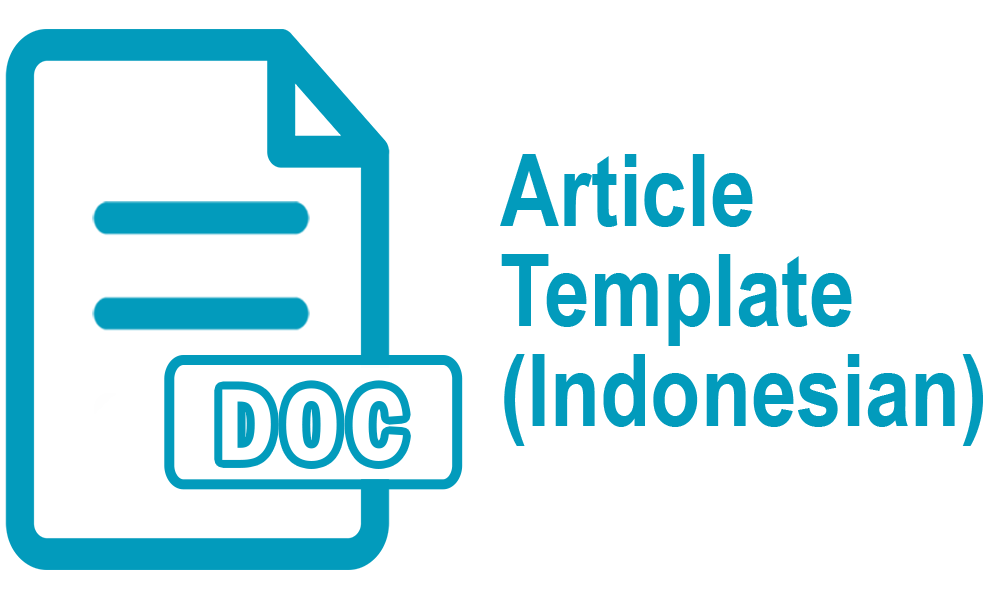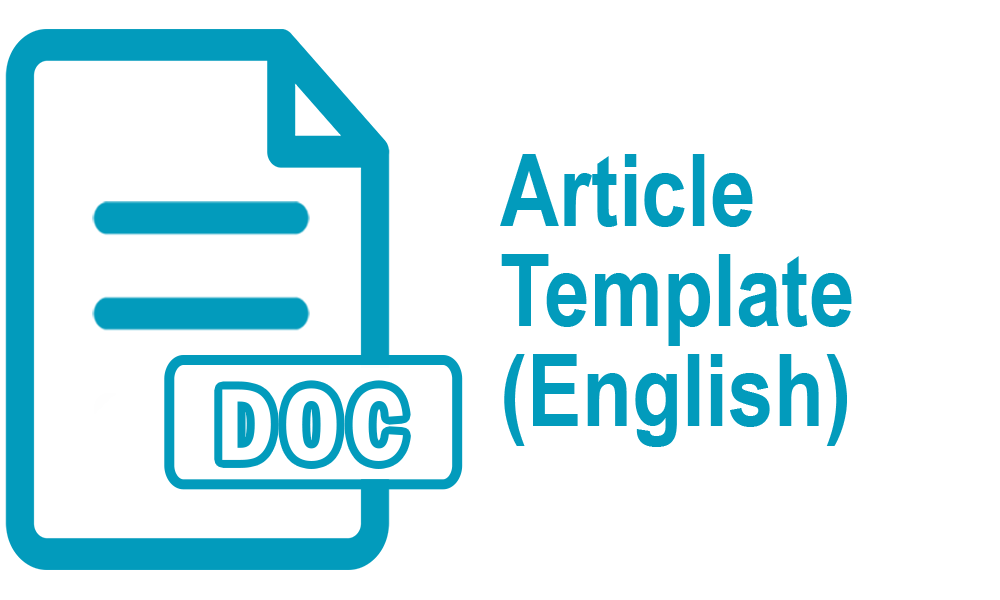THE STEREOTYPICAL IMAGES OF INDIAN SOCIETY AS PORTRAYED IN THE BEST EXOTIC MARIGOLD HOTEL MOVIE
Abstract
Literary works and movie sometimes depict about stereotypes of certain race and ethnic. Author and director embed similar negative features to them; hence it becomes a justification that those races and ethnic truly have such negative features. It is like European people who often represent the Orient (Asian people) by negative features in their works. This study is purposed to examine the stereotypical images of Indian society and how they are represented in The Best Exotic Marigold Hotel movie by using Orientalism and Bal’s focalization theories. The researcher used qualitative-descriptive method in reference to Mikos’ movies analysis method. The result shows that there are 5 stereotypical images of Indian society in The Best Exotic Marigold Hotel movie. Those stereotypical images are barbaric, inauthentic, irrational, backward, and weak. All the stereotypical images are represented through British characters (character-bound focalization or internal focalization) which put Indian society as object of focalization.
Karya-karya sastra dan film terkadang menggambarkan stereotip dari ras dan etnis tertentu. Penulis dan sutradara memberikan ciri-ciri negatif yang sama kepada mereka, sehingga hal itu menjadi sebuah pembenaran bahwa ras dan etnis tersebut benar-benar memiliki ciri-ciri negatif. Seperti halnnya orang Eropa yang sering merepresentasikan orang-orang Timur (Orang Asia) menggunakan ciri-ciri negatif di karya-karya mereka. Penelitian ini bertujuan untuk menganalisis gambaran stereotip dari masyarakat India dan bagaimana gambaran stereotip tersebut direpresentasikan di film The Best Exotic Marigold Hotel menggunakan teori Orientalism dan Fokalisasi Bal. Metode yang digunakan adalah qualitatif-deskriptif dengan referensi metode analisis film Mikos. Hasil penelitian menunujukkan ada 5 gambaran stereotip masyarakat India di film The Best Exotic Marigold Hotel. Gambaran stereotip tersebut adalah bar-bar, tidak dapat dipercaya, tidak rasional, terbelakang, dan lemah. Semua gambaran stereotip tersebut direpresentasikan melalui karakter-karakter orang Inggris (fokalisasi karakter atau fokalisasi internal) yang menempatkan masyarakat India sebagai objek fokalisasi.
Keywords
Full Text:
PDF (Bahasa Inggris)References
“The Best Exotic Marigold Hotel.” IMDb online. IMDb, 2012. Web. 23 April 2017.
“The Best Exotic Marigold Hotel”. Dir. John Madden. Blueprint Pictures, 2011. IndoXXI. Web. 22 Apr. 2017
“These Foolish Things”. Penguin UK. Penguin Random House, n.d. Web. 16 March 2018
Abrams, M.H. A Glossary of Literary Terms. 7th Ed. USA: Heinle & Heinle. 1999. Pdf
Aich, Priyanka. The Construction and (Re)Presentation of Indian Women In Recent Mainstream Western Cinema. MA thesis. Washington State University. 2009. Pdf
Andersen. Race, Gender, and Class Stereotypes: New Perspectives on Ideology and Inequality. NorteAmerica 1.1 (2006): 69-91. Pdf
Bal, Mieke. Narratology: Introduction to the Theory of Narrative. 4th Ed. Canada: University of Toronto Press. 2017. Pdf
Bertens, Hans. Literary Theory The Basics. London: Routledge. 2001. Pdf
Casetti, Francesco. “Adaptation and Mis-adaptation: Film, Literature, and Social Discourses”. A Companion to Literature and Film. Eds. Robert Stam and Alessandra Raengo. UK: Blackwell Publishing Ltd. 2004. 81-91. Pdf
Deleyto, Calestino. Focalisation in Film Narrrative. 13 (1991): 159-177. Atlantis. Print
Dobie, Ann B. Theory into Practice: An Introduction to Literary Criticism. 3rd Ed. USA: Wadsworth. 2012. Pdf
Flick, Uwe. An Introduction to Qualitative Research Four Edition Sage. 4th Ed. Great Britain: Ashford Colour Press Ltd. 2009. Pdf
Griffith, Kelly. Writing Essays about Literature: A Guide and Style Sheet. 8th Ed. USA: Cengage Learning, 2011. Pdf
Kothari, C. R. Research Methodologhy: Methods and Techniques. 3rd Ed. New Delhi: New Age International (P) Ltd. 2004. Pdf
Macfie, A. L. Orientalism. Great Britain: Pearson Education. 2002. Pdf
Margolin, Uri. “Characters”. Routledge Encyclopedia of Narrative Theory. David Herman, Manfred Jahn and Mary Laure Ryan, eds. New York: Routledge Ltd. 2005.Pdf
Mikos, Lothar. “Analysis of Film”. Qualitative Data Analysis. Ed. Uwe Flick. Great Britain: Sage Publication Ltd. 2014. 409-423. Pdf
Niederhoff, Burkhard. “Focalization”. Handbook of Narratology. Huhn, Peter et al, eds. Gottingen: Hubert & Co. GmbH & Co. KG. 2009. Pdf
Nilsen, Sarah Rhoads. Power, Distance, and Stereotyping Between Colonizer and Colonized and Men and Women in A Passage to India. MA thesis. Oslo University. 2011. Pdf
Riddick, John F. The History of British India: A Chronology. USA: Greenwood Publishing Group Inc. 2006. Pdf
Said, Edward. Orientalism. New York: Random House, Inc. 1978. Print
Singh, Jyotsna G. Colonial Narratives/Cultural Dialogues: “Discoveries” of India in the language of colonialism. New York: Routledge. 1996. Pdf
DOI: http://dx.doi.org/10.30872/jbssb.v3i3.1870
Refbacks
- There are currently no refbacks.
Copyright (c) 2019 Anisatun Khasanah, Surya Sili, Nasrullah
Editorial address:
Fakultas Ilmu Budaya, Universitas Mulawarman
Jl. Ki Hajar Dewantara, Gunung Kelua, Kec. Samarinda Ulu, Kota Samarinda, Kalimantan Timur, Indonesia 75123
Email: jurnalilmubudaya.fibunmul@gmail.com
Website: http://e-journals.unmul.ac.id/index.php/JBSSB
Ilmu Budaya: Jurnal Bahasa, Sastra, Seni, dan Budaya is licensed under a Creative Commons Attribution-ShareAlike 4.0 International License






